ALEXANDRIA ŌĆö He has never held elected office, has no family and has never spoken a word.
But, at 60 years old, he remains one of Alexandria's most prominent residents.
ADVERTISEMENT
He also happens to be 4 tons in weight, 28 feet tall, and made of fiberglass.
His name is , and he stands in a park that was named for him, which is located at Second Avenue and Broadway Street.
Outfitted in Viking attire, he wears a helmet and carries a spear and a shield that reads, "Alexandria Birthplace of America."
Big Ole's story begins in 1965 at the New York World's Fair, the second season of which began in April of that year.

Along with the itself, Big Ole was part of a three-phase plan to improve the fair's Minnesota pavilion.
The cost to build Big Ole was $15,000, while Alexandria's total cost toward the statue and the Runestone display amounted to $25,000. He was designed by Gordon Displays of Minneapolis.
Upon its completion in April 1965, the statue was placed outside the Minnesota pavilion, which was on a heavily traveled roadway and within 100 yards of the Vatican pavilion. It drew an actual count of 12 million visitors the year before.
ADVERTISEMENT
In the first two days of his exhibition, Big Ole was seen by an estimated 250,000 people and was photographed by an estimated 1,500.

By December of 1965, the statue was back in Alexandria, to be located on the "island" on the north end of Broadway, just across Highway 52.
"Seven-foot-deep concrete footings will be poured," the Park Region Echo reported. "Inserted into the footings will be 6-inch pipes which will extend 11 feet and 4 feet into the air. The statue's legs each have steep pipe sleeves which fit over the supporting pipes."
On Dec. 21, a dedication ceremony took place, which attracted not only the local media but television stations from the Twin Cities.
He survived several moves, a fire, storm damage and a collapsed roof
Big Ole has been moved and several times over the ensuing decades.
In 1967, a fire was set to the Santa suit in which Big Ole had been outfitted for the holiday season, resulting in $3,000 worth of repair costs.
As the Park Region Echo reported on Nov. 30, 1967, "Heat from the blaze charred the face until holes appeared when efforts to remove the soot were started."
ADVERTISEMENT
To repair the damage, Big Ole was taken off his moorings and sent to the Twin Cities.
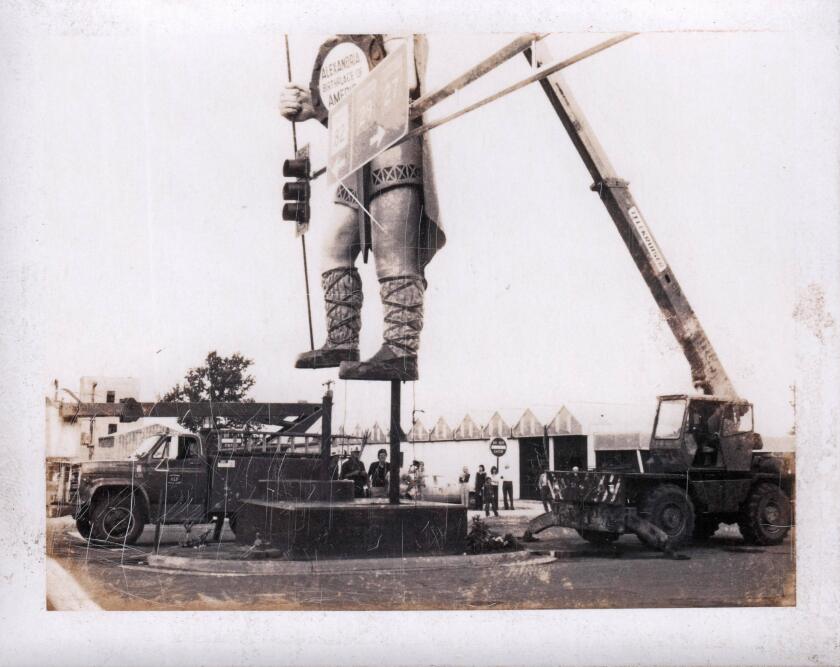
He was loaded onto a flatbed truck owned by John Lenz, and Alberg Sand and Gravel provided the large crane necessary for the removal.
Repairs were completed by Gordon Displays.
In that same issue of the Park Region Echo, an editorial called the charred Viking "a depressing, saddening sight."
"Even those who would poke fun at the guardian of main street must have had pangs of regret at the awesome result of vandalism," the editorial read.
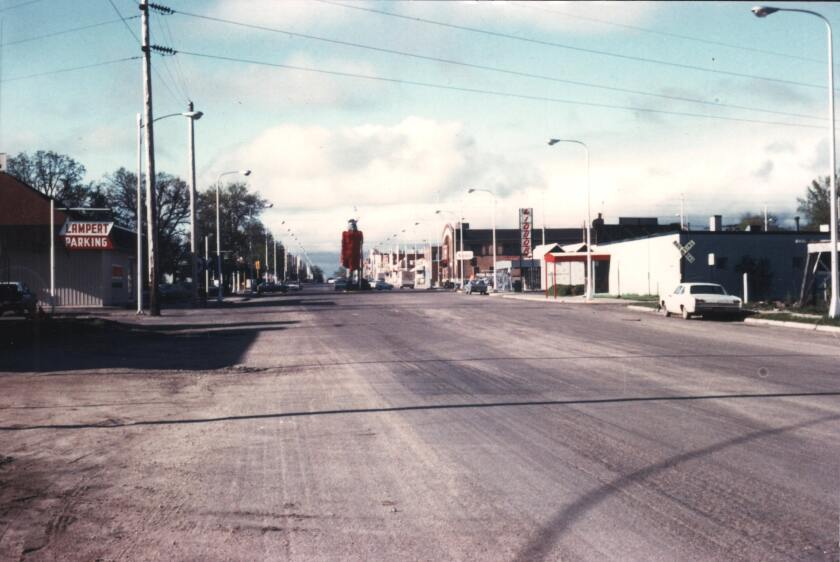
The writer mused that perhaps the vandalism would serve a good purpose in the community.
"The result of this act of vandalism stands out vividly, unavoidably for all residents to see," the editorial read. "The Viking has this past week, stood stark and imposing as a symbol of a rebellious attitude which is an outgrowth, many are saying, of a soft disciplinary attitude."
ADVERTISEMENT
Big Ole returns to South Broadway in 1997
On Aug. 21, 1980, Big Ole was moved one half-block north of his first resting spot to make room for the installation of a new stop light at Third Avenue and Broadway.
Big Ole was repainted at least three times in the 1980s and 1990s, changing the color of his hair and beard.
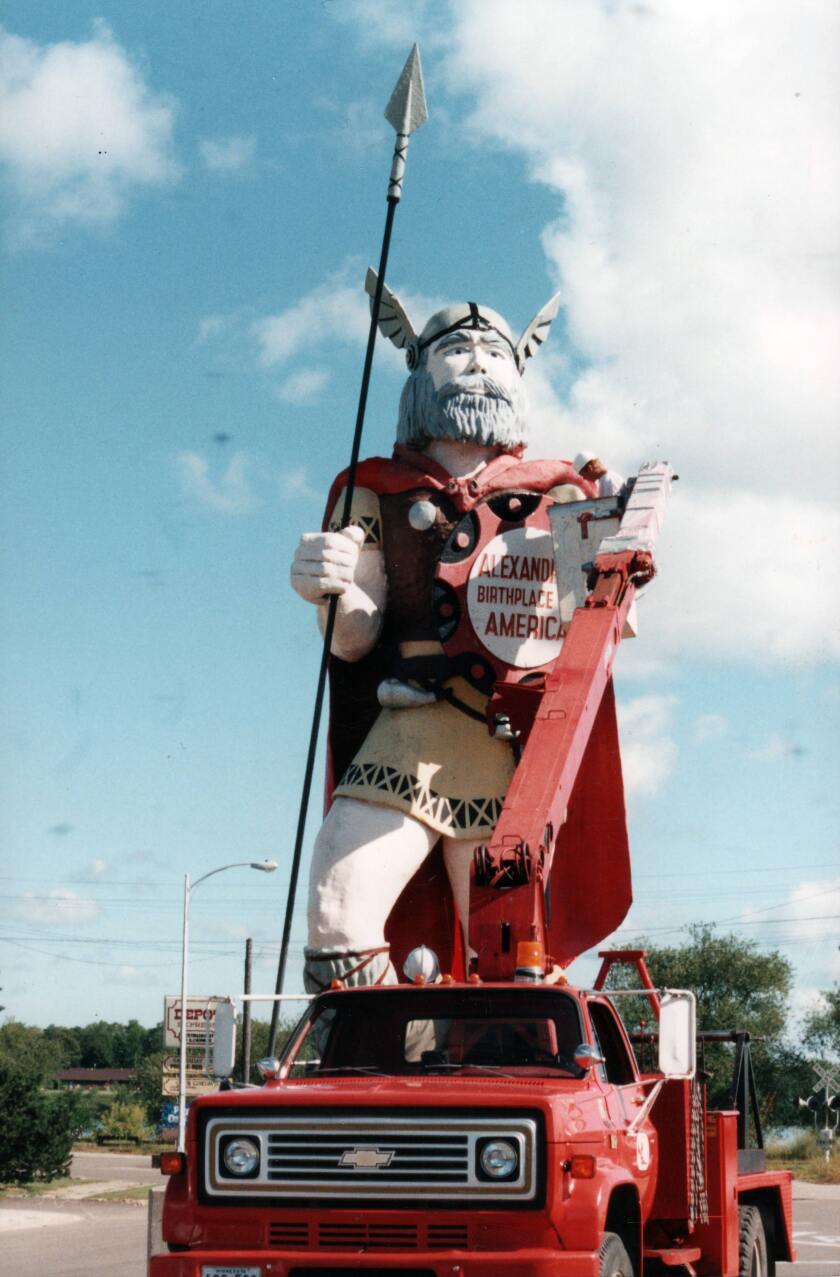
Then in October 1996, he was pulled from his platform for some major repair work and placed in the agricultural display building until the money could be raised for a structural diagnosis and repairs.
Given his stature, it was a difficult job to complete.

First, Big Ole's helmet and wings were removed, then cables from a crane were connected to the statue. The anchoring rivets were removed from his boots, and then the crane cranked up its cables and lifted the statue slowly up into the air until he dangled "like a giant Christmas tree ornament," the Echo Press reported.
The crane then slowly lowered Big Ole's feet onto a forklift covered with hay bales. He was then lowered further so that his back came to rest on some hay bales in a flatbed truck.
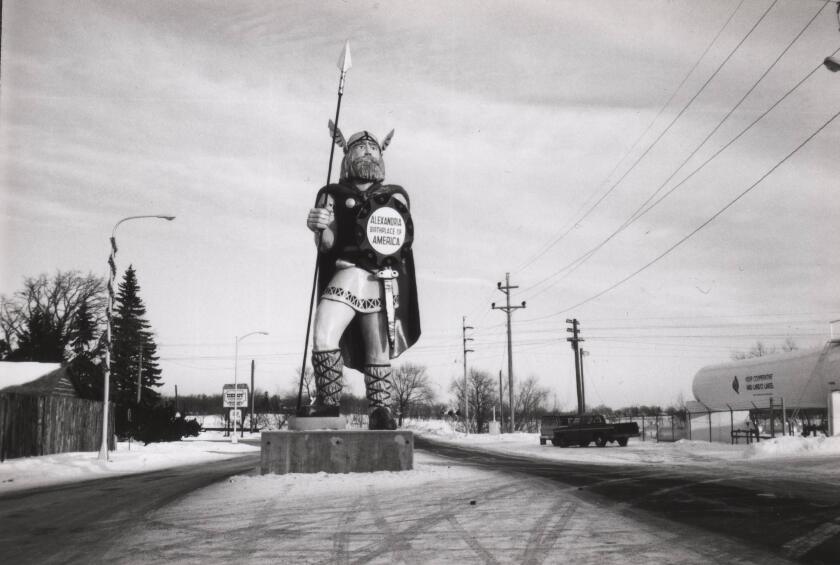
Once he was in the ag building, however, Big Ole suffered an accident: In February of 1997, the roof of the building, laden with snow, collapsed on top of the statue and damaged it.
ADVERTISEMENT
Unfortunately, Big Ole had just finished getting cosmetic repairs after standing outside for more than 30 years.
After his new repairs, Big Ole was returned to South Broadway in May of 1997.
He moved just one more time in October 2002, 150 feet away from where he had been standing, and a park ŌĆö ŌĆö was developed there, too.

Today, Big Ole stands tall and proud, and is always amenable to having his picture taken with tourists and residents alike.
An eye-catching landmark
, the executive director of the Runestone Museum, which is across the street from the statue, said that Big Ole has become a legend in Minnesota, much like Paul Bunyan and Babe the Blue Ox.
Although it is hard to gauge how many people visit each year, Haacke said it is certainly in the many thousands. Many of Big OleŌĆÖs visitors donŌĆÖt always make it into the museum, so she said she canŌĆÖt be sure. However, she said that in 2024, the museum had visitors from 47 of the 50 states and also had visitors from more than 30 countries.

Haacke shared that Big Ole is painted approximately every five years, and he has had major renovations over the years due to fire, wind and storm damage.
ADVERTISEMENT
ŌĆ£Funding for his repairs and renovation is generously donated by the people of Alexandria who see a value in maintaining his appearance for Alexandria residents and visitors alike,ŌĆØ she said.
Live view of Big Ole
Nathan Chan, network administrator for , may have a better handle on the number of visitors taking their picture with Big Ole thanks to the .

ALPŌĆÖs camera, which is mounted on the pole in front of Big Ole, was actually first used to do a time lapse of the downtown reconstruction project, he said. The camera was a joint venture between ALP and Explore Alexandria. But once the project was completed, Chan said the thought was that they should put the camera to good use elsewhere.
A co-worker of ChanŌĆÖs thought it would be a good idea to have the camera positioned toward the Central Lakes Trail. With it being a live feed, people could check the conditions of the trail, whether in the summer or the winter.
ŌĆ£We decided on that location as we could add Big Ole, the trail and a bit of road to get all kinds of conditions in one shot,ŌĆØ said Chan. ŌĆ£It also allowed a great view of the lake.ŌĆØ
The Big Ole live webcam went up in the spring of 2015. At that time, ALP was providing fiber internet services so the camera was hooked up to it and the feed was put on both the ALP and Explore Alexandria websites.
Eventually the live feed was moved to ALPŌĆÖs YouTube channel, where it has been since March 14, 2022.
ŌĆ£It (the live video) has been seen more than 35,800 times since, averaging about 40 views a day,ŌĆØ said Chan. He added that there are a few diehards that frequently check into the stream and will let ALP know if it is not working.
Those visiting Big Ole can take a selfie using the webcam, which can be found at . Once the website is open using a cell phone, take a screenshot of you and whoever is with you, along with the famous Big Ole.
What is it that attracts people to Big Ole?
Many communities are known for a lot of different things. When people reference a certain community, they often do so by addressing the most common trait, said Tara Bitzan, executive director of the .

For example, she said maybe a community is known for its lakes, or a famous sports team, or its unique shopping corridor, or on the negative side, its high crime rate.
Typically though, if a community has a major landmark or a statue, that will be the first thing people reference because simply, it is more unique and memorable, said Bitzan.
It is also especially helpful when the landmark or statue ties into the communityŌĆÖs history.
ŌĆ£Big Ole is a Viking, which ties into the well-known story of the ,ŌĆØ Bitzan said.
She added that his presence continues to give voice to the history of the community.
ŌĆ£For locals, Big Ole is a source of pride and provides a commonality and sense of unity. For visitors, he may appear to simply be a photo opportunity, but he also serves as an educational piece. Few people stop to take their photo by Big Ole without asking, ŌĆśWhy does Alexandria have a 28-foot Viking statue?ŌĆÖ ŌĆØ

Photos of Big Ole over the years



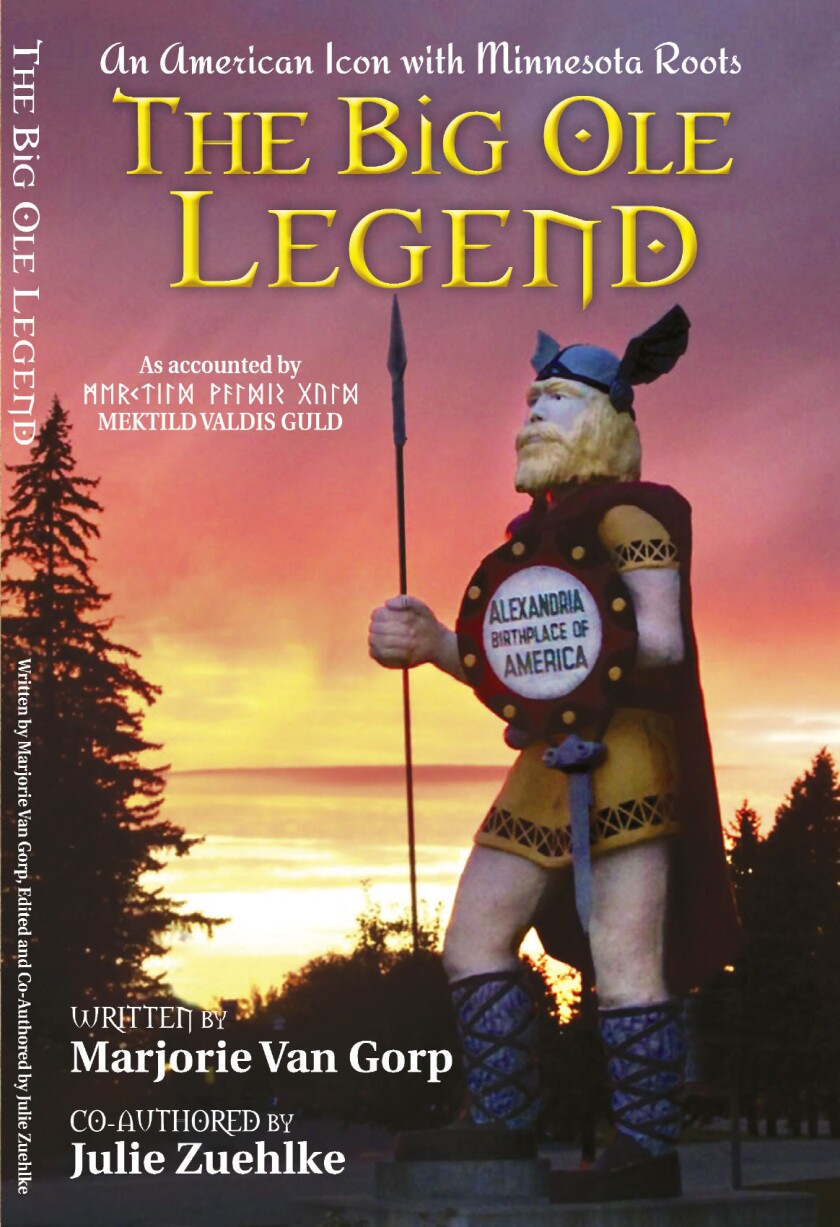
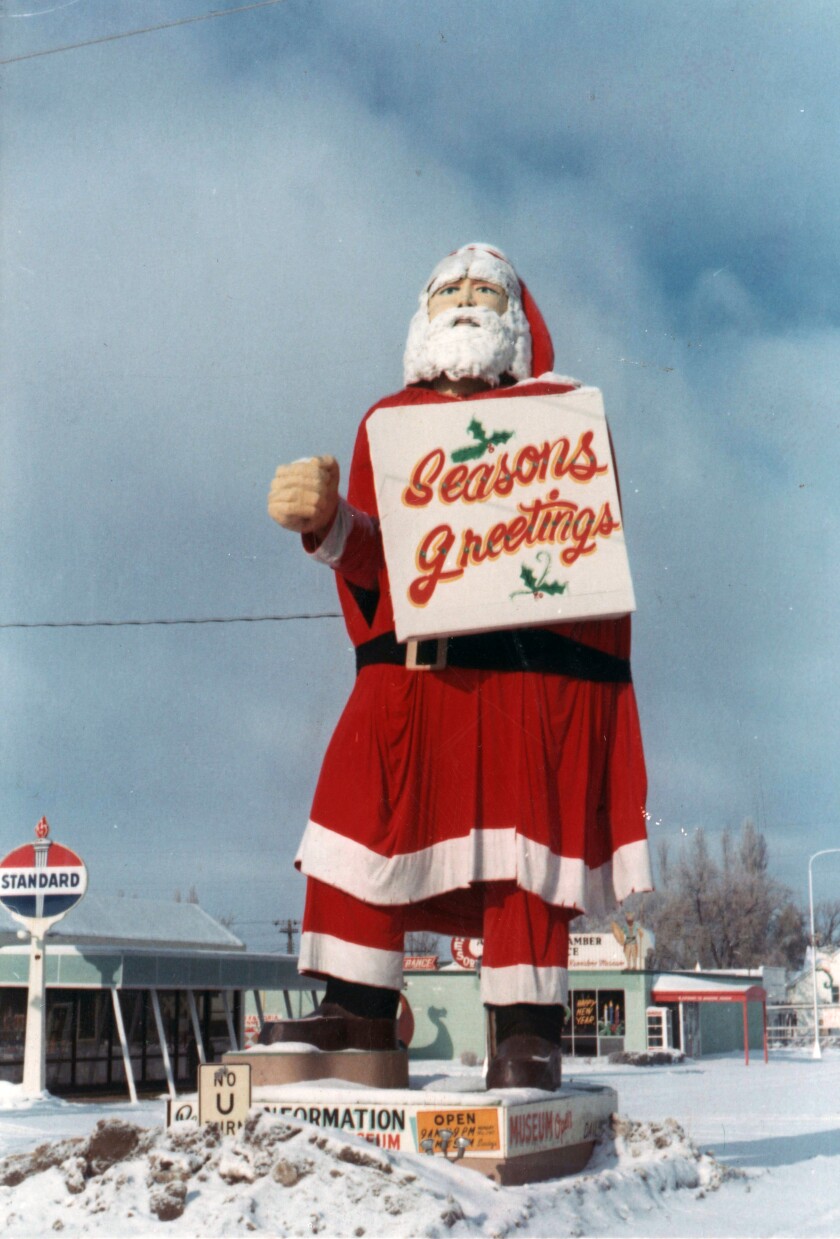
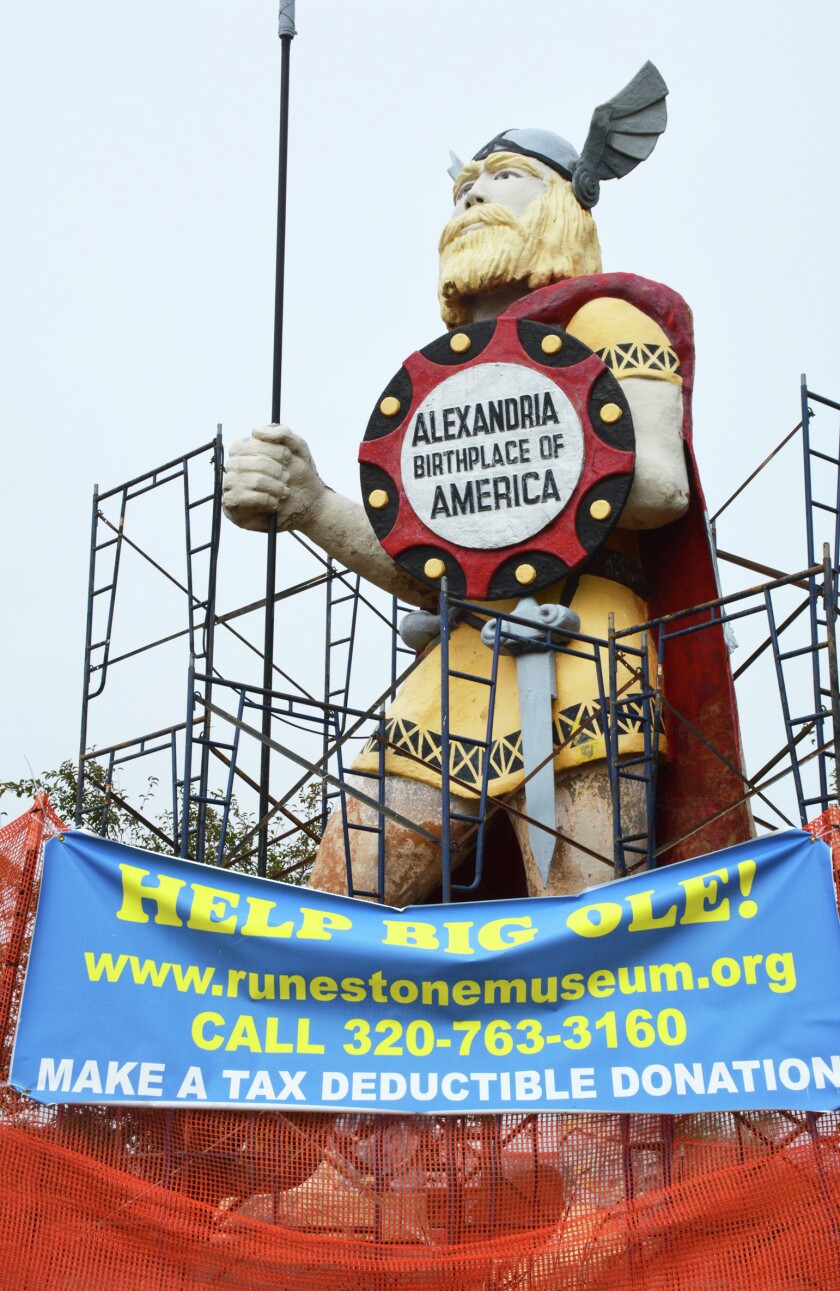

Click on the gems on the map below for more Lakes Country Treasures stories:








